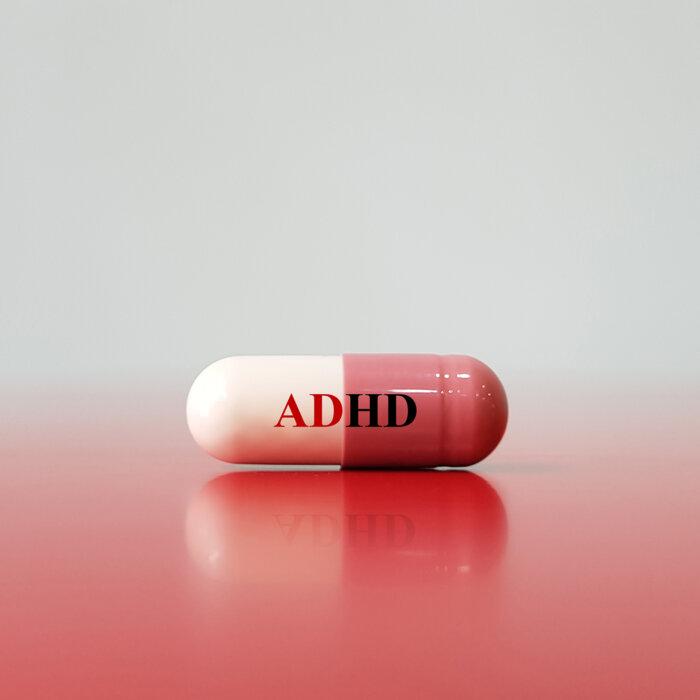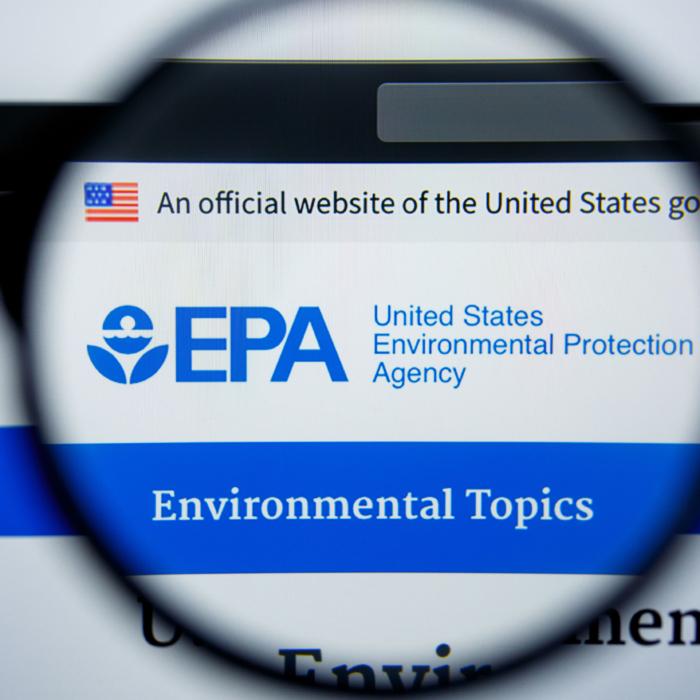In 2006, concerns about fluoride exposure in sensitive subpopulations arose when the National Research Council’s (NRC) Committee on Fluoride in Drinking Water conducted a scientific review of the Environmental Protection Agency’s (EPA) fluoridation standards.
The review mentioned particular concerns regarding infants and young children after it looked at the estimated aggregated total fluoride exposures from pesticides, background food, air, toothpaste, and drinking water.
The NRC committee warned that “on a per-body-weight basis, infants and young children have approximately three to four times greater exposure than do adults.”
An ongoing federal lawsuit that began in 2017, brought against the EPA by the Fluoride Action Network (FAN) to remove fluoride from public drinking water, has also brought attention to significant research on health issues associated with drinking fluoride.
Two principal scientists leading NIH-funded studies, Dr. Howard Hu and Dr. Bruce Lanphear, have testified as expert witnesses for FAN.New Studies on Prenatal, Postnatal Risks of Fluoride Exposure
Hu and Lanphear are known for their seminal research on the impact and neurotoxicity of lead exposure, and both have worked with the EPA in expert advisory roles.MIREC Study
The Maternal-Infant Research on Environmental Chemicals (MIREC) Study is a multi-year research study led by Health Canada. “The study was designed to produce new knowledge on Canadians’ exposure to environmental chemicals and address data gaps on vulnerable populations in Canada, including infants, children, and pregnant women,” Health Canada’s website states.The original study was the basis for a platform for various follow-up studies that looked at multiple chemical exposures. Multiple MIREC-based studies have looked at fluoride exposures.
MIREC’s cohort study of fluoride and IQ was funded by a grant from the NIH. Lanphear has been involved with the study for more than 10 years and is one of the principal investigators for the study’s neurobehavioral assessments. He oversaw the neurodevelopmental assessments.
The study, “Association Between Maternal Fluoride Exposure During Pregnancy and IQ Scores in Offspring in Canada,” was published in JAMA Pediatrics in 2019. It examined mother-child pairs from six major cities comparing fluoridated and non-fluoridated areas in Canada.
Data was collected over a five-year period and children’s IQs were assessed at ages 3 to 4 years using the Wechsler Primary and Preschool Scale of Intelligence-III.
- Every 1 milligram per liter (mg/L) increase in fluoride levels in maternal urine was associated with a statistically significant loss of 4.49 IQ points in boys, but not in girls.
- Every 1 mg higher daily intake of fluoride from beverages was associated with a loss of 3.66 IQ points in girls and boys.
- Every 1 mg/L higher concentration of fluoride in water was associated with a loss of 5.29 IQ points in girls and boys.
The study examined two criteria. First, it investigated the association between water fluoride concentration and the intellectual abilities of Canadian children who were formula-fed versus breastfed.
Second, it tested the postnatal effects of fluoride exposure on child IQ after controlling for fetal exposure.
The study found a decrease of 4.4 full-scale intelligence quotient (FSIQ) points among preschool children who were formula-fed in the first six months of life for each 0.5 mg/L increase in water fluoride concentration.
The authors noted that 0.5 mg/L is roughly the difference between a fluoridated (0.59 mg/L) and non-fluoridated (0.13 mg/L) community.
The authors also state that they “did not find a significant association between water fluoride concentration and FSIQ among exclusively breastfed children.”
The findings also suggest that both prenatal and early childhood fluoride exposure affect the development of nonverbal intelligence to a greater extent than verbal intelligence.
A 0.5 mg/L increase in water fluoride level predicted a decrease in performance intelligence quotient (PIQ) in both the formula-fed (-9.3 points) and the breastfed groups (-6.2 points).
The research team concluded that fluoride intake among infants younger than 6 months may exceed the tolerable upper limits if they are fed exclusively with formula reconstituted with fluoridated tap water.
“It is prudent to limit fluoride exposure by using non-fluoridated water or water with lower fluoride content as a formula diluent,” the researchers noted.
It found that fluoride affects thyroid function and increases the risk of hypothyroidism in pregnant women, which is a known cause of brain-based disorders in children that may affect their learning ability.
”The safety of fluoride intake in pregnancy has not been well studied. We conducted our study to address the gaps in our knowledge about the potential health effects of fluoride in pregnant women living in cities with optimally fluoridated water,” lead author, Meaghan Hall, a doctoral student at York University in Toronto, wrote in an email to The Epoch Times.
She added that because we are exposed to fluoride from a variety of sources, with the largest source being fluoridated tap water, the public should be aware of both the benefits and health risks of fluoride.
“Our research on pregnant women suggests that fluoride, even at low levels of ingestion, may have a deleterious effect on fetal development, Hall said.
Their press release noted that studies have revealed, children born to mothers with hypothyroidism tend to have lower IQ scores, particularly among boys, compared to children born to mothers with normal thyroid levels.
ELEMENT Study
In 1993, Howard Hu, the scientist mentioned above, co-founded the Early Life Exposures in Mexico to Environmental Toxicants (ELEMENT) project, a pregnancy and birth cohort study funded by EPA and NIH, studying how environmental toxicants impact children’s health. His award-winning project has involved collaborators at top institutions, generating 80-plus publications influencing global environmental health policies.In 2012, Hu’s team successfully competed for a peer-reviewed NIH RO1 grant to study fluoride’s neurodevelopmental effects of pre- and postnatal fluoride exposures, which included looking at a possible link between fluoride exposure and attention deficit hyperactivity disorder (ADHD).
“This research was funded with an understanding that it would provide a major contribution to fluoride risk assessment and policy decision-making on the neurotoxicity concerns identified by the NRC,” Hu said in his May 2020 expert witness declaration in the fluoride lawsuit against the EPA.
The research team found that each 0.5 mg/L increase in prenatal fluoride exposure was significantly associated with a loss of 3.15 General Cognitive Index (GCI) points among the 4-year-olds, and a loss of 2.5 IQ points among the 6-to-12-year-olds.
“These are substantial reductions in intelligence that rival the effect sizes associated with lead exposure,” Hu said in his witness declaration.
Hu notes that in contrast with prenatal exposures, they didn’t find statistically significant associations between IQ and childhood urinary fluoride levels at ages 6 to 12, although there was some suggestion of an adverse effect.
“This suggests that the timing of fluoride exposure is an important determinant of fluoride’s neurodevelopmental effects, and is consistent with exposures occurring prenatally being more detrimental than those occurring during school-aged years,” he said
“The effect sizes between prenatal fluoride and ADHD behaviors in our cohort were substantial,” Hu said in his 2020 declaration.
The study found that increases of 0.5 mg/L in maternal urinary fluoride were associated with 2.4-to-2.8-point higher scores (higher scores reflect indicate poorer performance on the ADHD behavior scale).
“It is my opinion, to a reasonable degree of scientific certainty, that the results of the ELEMENT studies support the conclusion that fluoride is a developmental neurotoxicant at levels of internalized exposure seen in water fluoridated communities,” Hu said.
The Debate Continues
Despite Hu and Lanphear’s studies, there is still significant debate around the prenatal and postnatal toxicity of fluoride in the scientific community.The Infancia y Medio Ambiente (INMA) Project, a network of birth cohorts in Spain that aim to study the role of environmental pollutants in air, water, and diet during pregnancy, recently studied fluoride effects on prenatal exposure.
The highest levels of fluoride in community drinking water that pregnant mothers were exposed to in the study were slightly above 0.8 mg/L and the lowest levels were below 0.10 mg/l.
Researchers said that the results of their study could support the view that fluoride has a detrimental effect with exposure through community drinking water at levels above 0.8 mg/l as previously suggested in the ELEMENTAL studies but they say that fluoride may have a positive effect at lower levels although they don’t specify what those levels may be.
“The positive associations between the maternal urinary fluoride level adjusted for creatinine (MUFcr) and cognitive functions seemed to be more evident in children of mothers who lived their pregnancy in the non-fluoridated zones,” the research team noted.
They suggest that fluoride could have a dose-response effect like those of other chemical elements essential for life, showing a different behavior at levels in the range of or lower than those recommended by agencies such as the World Health Organization.
The researchers concluded that “further studies should be carried out before ruling out a potential beneficial effect of F [fluoride] at low levels in natural or FCDW [fluoridated community drinking water].”
Currently, the CDC says it’s safe to use fluoridated water for preparing infant formula but warns that if a child is only consuming infant formula mixed with fluoridated water, there may be an increased chance for mild dental fluorosis.
They recommend alternating with bottled water without any fluoride, which is labeled as de-ionized, purified, demineralized, or distilled.
There is still limited knowledge on the toxicity of fluoride for sensitive subpopulations.











